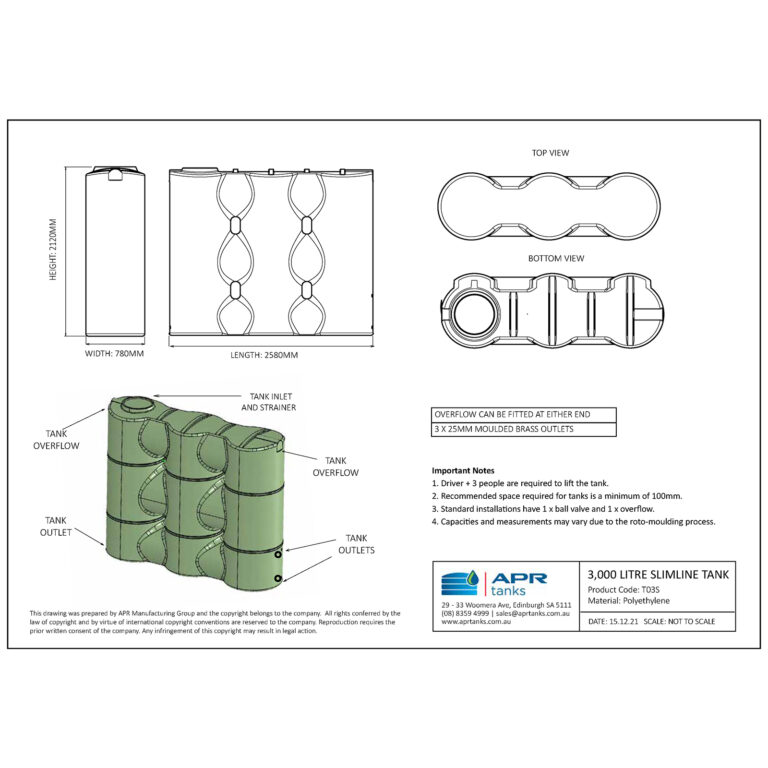Discover the Perks of Slimline Water Tanks for Space-Saving Storage Space
Discover the Perks of Slimline Water Tanks for Space-Saving Storage Space
Blog Article
Recognizing the Importance of Rainwater Storage Tanks in Drought-Prone Regions for Water Safety
In areas prone to long term droughts, the function of rain containers in boosting water protection is a topic of growing importance. As communities face the obstacles of water scarcity, comprehending the relevance of these tanks goes beyond simple collection of rain. Rainwater containers function as an important device in minimizing the influence of water scarcities by supplying a lasting resource of water for different demands. However, truth worth of rainwater tanks extends far beyond plain storage; it encompasses resilience-building procedures and the promo of long-lasting water preservation techniques. This diverse technique to water safety warrants a better evaluation of the duty rainwater containers play in making sure a trustworthy water supply during times of drought.
Advantages of Rain Tanks
Making use of rainwater storage tanks provides a sustainable option for enhancing water system and boosting water safety and security in household and commercial settings. One of the main advantages of rain tanks is their capacity to lower dependence on mains water system. By recording and saving rain that falls on roofs, this alternative resource can be used for numerous non-potable functions such as watering, purging commodes, and washing garments. This not only saves treated drinking water but additionally lowers water costs for customers.

Rain Harvesting Techniques
Rainwater gathering techniques encompass a variety of techniques created to successfully gather and save rainwater for numerous functions, contributing to water preservation and sustainability. One usual strategy is the installment of roof catchment systems, where rain is accumulated from the roofing system of a structure and directed to a storage container. This method is relatively straightforward and economical. One more popular technique is the use of above-ground or underground tank to store rainwater for later use. These tanks are available in different sizes and products to fit different demands and can be connected to the existing pipes system for very easy gain access to.

In addition, rain gardens and absorptive sidewalks are innovative methods that involve landscaping or paving surface areas in such a way that enables rainwater to percolate into the ground, restoring groundwater reserves. Furthermore, contour farming and terracing are agricultural techniques that help capture rainwater and protect against soil disintegration in sloping terrain. By implementing these diverse rainwater harvesting methods, communities can improve water security and durability in drought-prone regions while promoting lasting water management techniques.
Significance of Water Security
Guaranteeing reliable access to tidy and sufficient water resources is extremely important for maintaining human wellness, financial advancement, and ecological well-being. Water protection is an essential aspect of societal durability, especially in areas vulnerable to droughts and water scarcity. Sufficient water protection incorporates various dimensions, including accessibility, high quality, and accessibility of water for residential, farming, commercial, and ecological requirements.
Water safety plays a vital role in advertising public health and wellness by minimizing the occurrence of waterborne diseases and ensuring hygiene centers. Economically, water security is crucial for farming efficiency, industrial procedures, and general financial development. Slimline water tanks. Water safety and security is closely connected to environmental sustainability, as it supports ecological communities, biodiversity, and general ecological equilibrium.
In drought-prone regions, water protection becomes much more essential because of the heightened danger of explanation water scarcities. Carrying out methods like rainwater harvesting, water recycling, and effective water management methods can significantly improve water protection in these areas. By focusing on water security, neighborhoods can much better endure the effects of environment change, population development, and other difficulties that intimidate water accessibility.
Enhancing Water Resilience
With enhancing global water challenges, constructing durability in water systems has actually come to be an important emphasis for sustainable advancement initiatives. Enhancing water strength entails executing methods to make certain water availability and quality when faced with transforming ecological conditions, such as droughts, floodings, and air pollution.
One trick aspect of enhancing water resilience is promoting using rain storage tanks in drought-prone regions - Slimline water tanks. Rainwater tanks serve as an efficient ways of catching and saving rain for later usage, lowering dependence on limited freshwater resources throughout completely dry durations. By integrating rain harvesting systems into water administration plans, neighborhoods can see this here enhance their capability to stand up to water shortage and preserve water safety

Sustainable Water Conservation
Among rising water challenges, the prudent administration of water sources through sustainable conservation methods is imperative for guaranteeing long-lasting ecological security and social well-being. Sustainable water conservation entails the effective use of water sources to satisfy existing demands without endangering the ability of future generations to meet their own requirements. By executing techniques such as rainwater harvesting, greywater recycling, and water-efficient innovations, neighborhoods can decrease water waste and ease stress on freshwater resources.
Moreover, lasting water conservation techniques add to ecosystem wellness by keeping ample water degrees in rivers, lakes, and marshes, supporting biodiversity, and protecting natural habitats. These practices also play a crucial role in mitigating the influences of environment change by helping to adjust to transforming precipitation patterns and water availability.

Final Thought
To conclude, rainwater storage tanks play a critical role in improving water protection and resilience in drought-prone regions. By using rain harvesting techniques, communities can minimize their dependence on traditional water sources and promote sustainable water preservation practices. This not only assists minimize the impacts of water scarcity during droughts however likewise adds to lasting water security and resilience when faced with climate modification difficulties.
Report this page